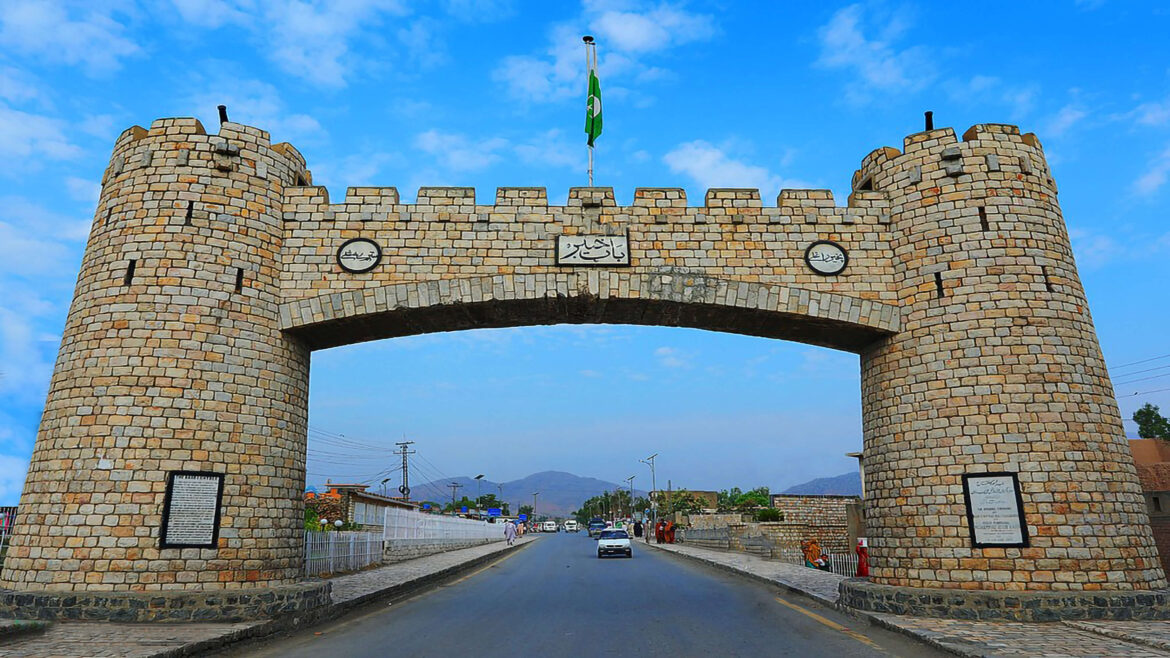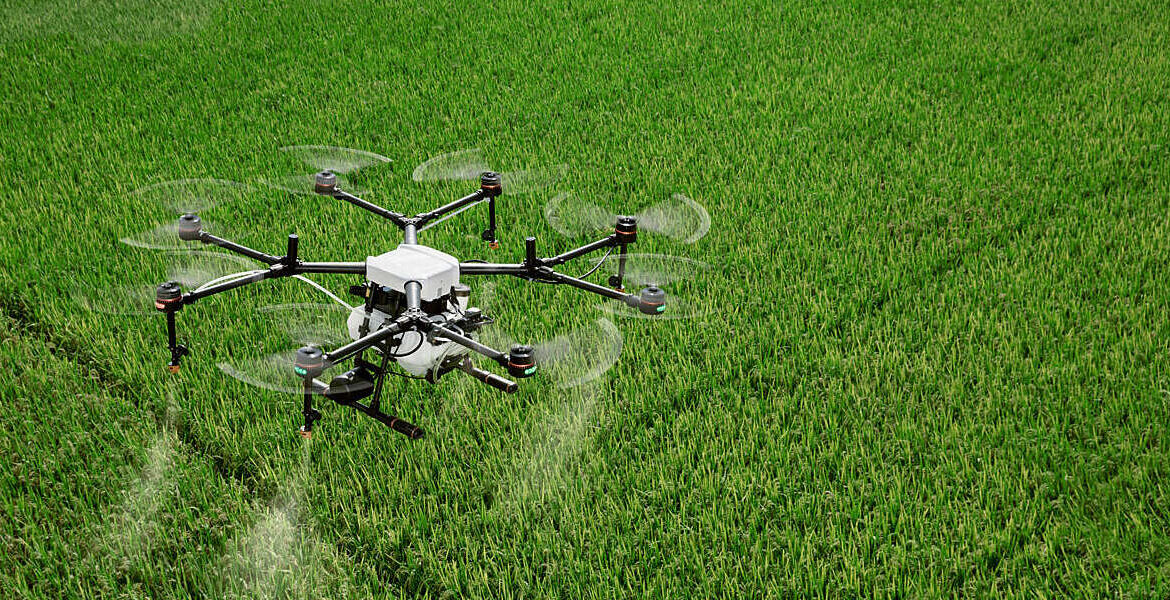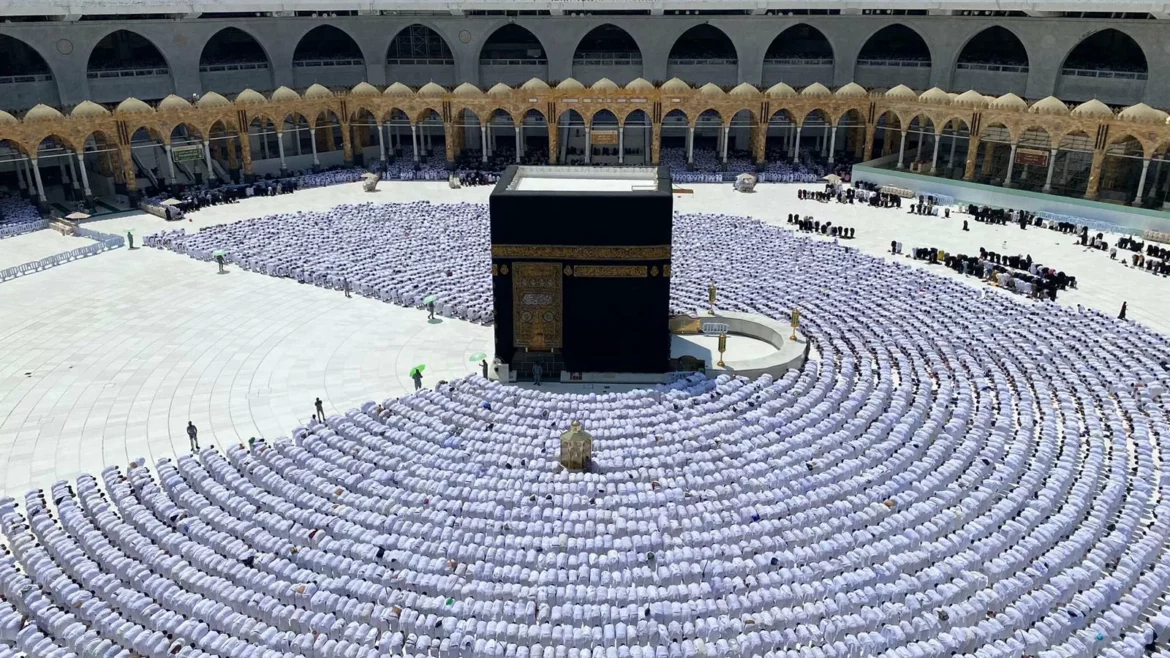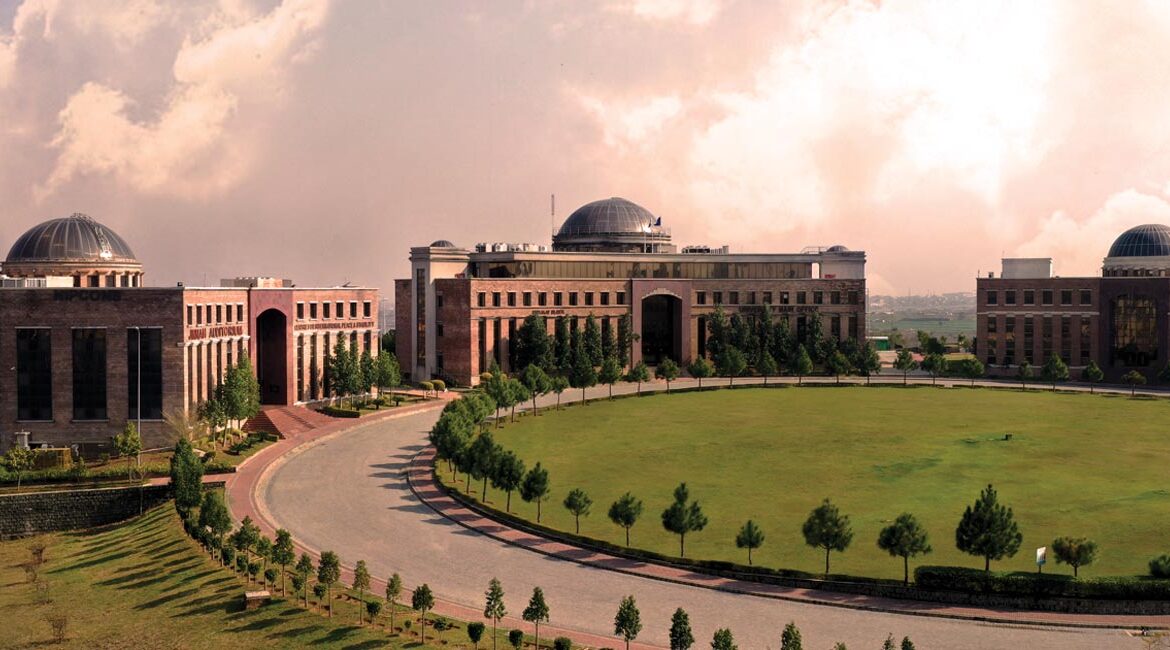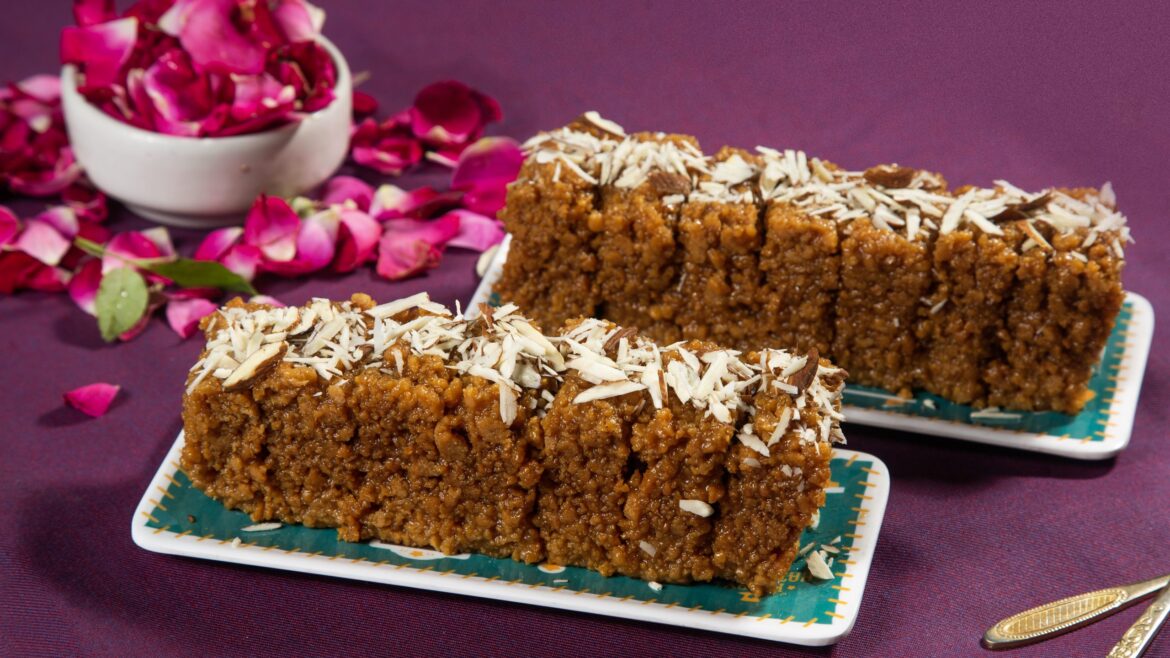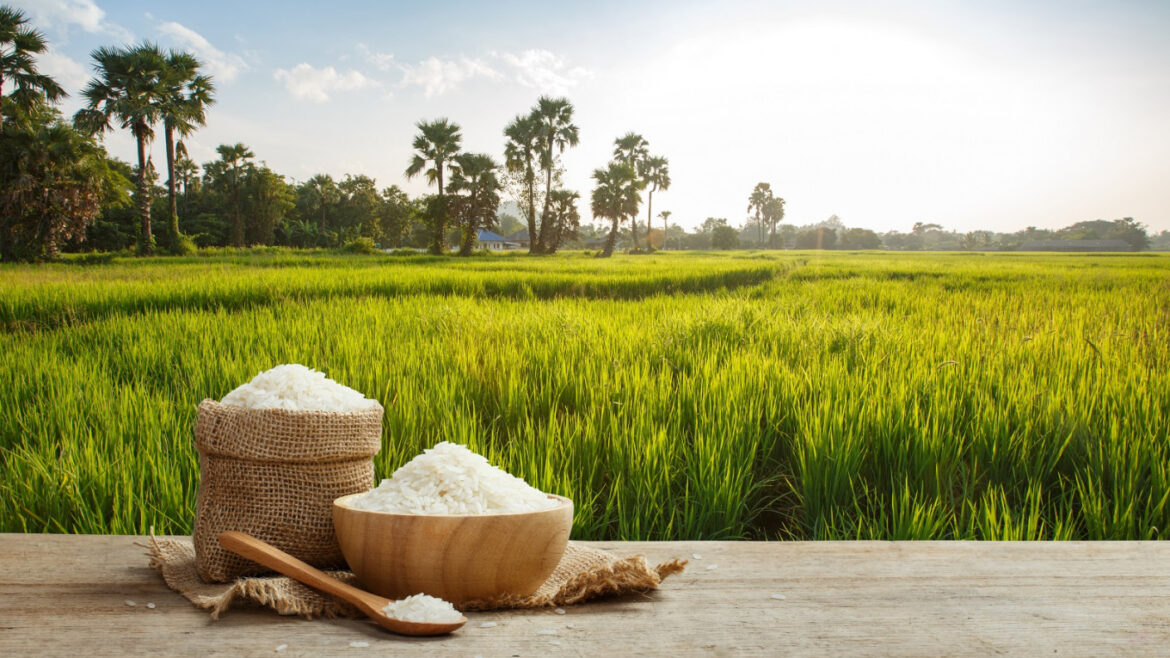Khyber Pakhtunkhwa (KP), nestled in the northwest of Pakistan, is a province steeped in history and cultural richness. Its strategic location has made it a crossroads of South Asian, Central Asian, and Persian influences, resulting in a vibrant tapestry of traditions and customs. This blog will delve into the unique aspects of Khyber Pakhtunkhwa’s culture, from its traditional cuisine and attire to its festivals and social norms.
Cultural and Traditional Heritage of Khyber Pakhtunkhwa
The Heart of Pashtun Culture
At the core of KP’s cultural identity is the Pashtun community, a group renowned for its strong values and traditions. The ancient code of conduct known as Pashtunwali lays the foundation for societal norms, emphasizing principles such as hospitality (Melmastia), honor, and justice. This cultural framework is evident in the warm hospitality extended to guests—a cornerstone of Pashtun life, where refusing hospitality is considered impolite.
Traditional Music and Dance
Music and dance are vital forms of expression in Khyber Pakhtunkhwa. The Attan is a traditional folk dance performed joyfully at celebrations. This energetic circle dance is accompanied by instruments like the rubab, sitar, and tabla, creating an atmosphere of celebration and communal joy.
Culinary Diversity: The Flavors of Khyber Pakhtunkhwa
The cuisine of Khyber Pakhtunkhwa is a reflection of its geography and cultural influences. Rich in meat, dairy products, and traditional bread, the dishes are hearty and flavorful. Here are some iconic foods you must try:
1. Chapli Kebab
This spicy minced meat patty, usually made from beef or lamb, is enhanced with spices like coriander and chilies, resulting in a robust flavor profile that is loved by many.
2. Peshawari Naan
Sweet and stuffed with nuts, dried fruits, and a hint of coconut, this naan is perfect for pairing with rich meat curries like Nihari.
3. Kabuli Pulao
A delicately flavored dish made with lamb, rice, raisins, and carrots, Kabuli Pulao is a milder alternative to spicier rice dishes like biryani.
4. Dum Pukht
This slow-cooked meat dish is prepared in a sealed pot, allowing it to cook in its own juices, resulting in exceptionally tender and flavorful meat.
5. Bannu Beef Pulao
Originating from Bannu, this beef pulao is famous across Pakistan for its delicious taste and is a staple in many households.
Traditional Dress and Festivals
Traditional Attire of Khyber Pakhtunkhwa
The traditional dress of KP reflects its cultural values, emphasizing modesty and functionality:
- Men’s Attire: Men typically wear the shalwar kameez, a long tunic paired with baggy trousers, often complemented by a waistcoat for formal occasions. In rural areas, the iconic Pashtun turban or pakol is common.
- Women’s Attire: Women also wear shalwar kameez, but their garments are usually more colorful and intricately embroidered. In keeping with traditional customs, many women wear shawls or chadors when going outside.
Festivals Celebrated in Khyber Pakhtunkhwa
KP hosts several cultural and religious festivals that showcase its rich traditions:
- Eid ul-Fitr and Eid ul-Adha: These religious festivals are celebrated with immense joy, marked by communal prayers, feasting, and sharing with the less fortunate.
- Jashn-e-Spring: This festival signifies the arrival of spring and is celebrated with traditional games, music, and dance, reflecting the region’s appreciation for nature.
- Pashtun Cultural Day: An annual celebration dedicated to honoring Pashtun heritage, this day highlights traditional clothing, music, and literature.
Social Influences and the Tribal System
The tribal system in Khyber Pakhtunkhwa remains influential, particularly in rural areas. Traditional leadership is vested in elders known as maliks, who maintain order and resolve conflicts. The Jirga system, a council of tribal elders, plays a crucial role in the social structure, ensuring justice and community welfare based on traditional laws.
Key principles like Nanawatai (providing asylum, even to enemies) and Badal (the principle of retribution) reinforce the cultural fabric of KP.
Architecture and Art
The architecture of Khyber Pakhtunkhwa reflects its diverse cultural influences, prominently showcasing styles from the Mughal, Persian, and Central Asian periods. Notable structures like the Mahabat Khan Mosque exhibit this rich architectural blend.
Additionally, KP is known for its handicrafts, including exquisite pottery, handwoven rugs, and embroidered fabrics. Traditional items like Chitrali hats and Swati shawls are popular souvenirs representing the province’s rich artistic heritage.
Language and Literature
Pashto is the primary language spoken in Khyber Pakhtunkhwa, with regional variations including Hindko and Kohistani. The province has a rich literary tradition, especially in poetry. The legendary warrior poet Khushal Khan Khattak is celebrated for his writings on Pashtun culture, values, and the beauty of the region.
Conclusion: The Essence of Khyber Pakhtunkhwa Culture
Khyber Pakhtunkhwa’s culture is a remarkable blend of rich traditions, unique culinary experiences, and resilient social structures. From its diverse cuisine and traditional attire to its vibrant festivals and rich literary heritage, KP offers an unparalleled insight into a province where history and heritage play a vital role in the identity of its people.


